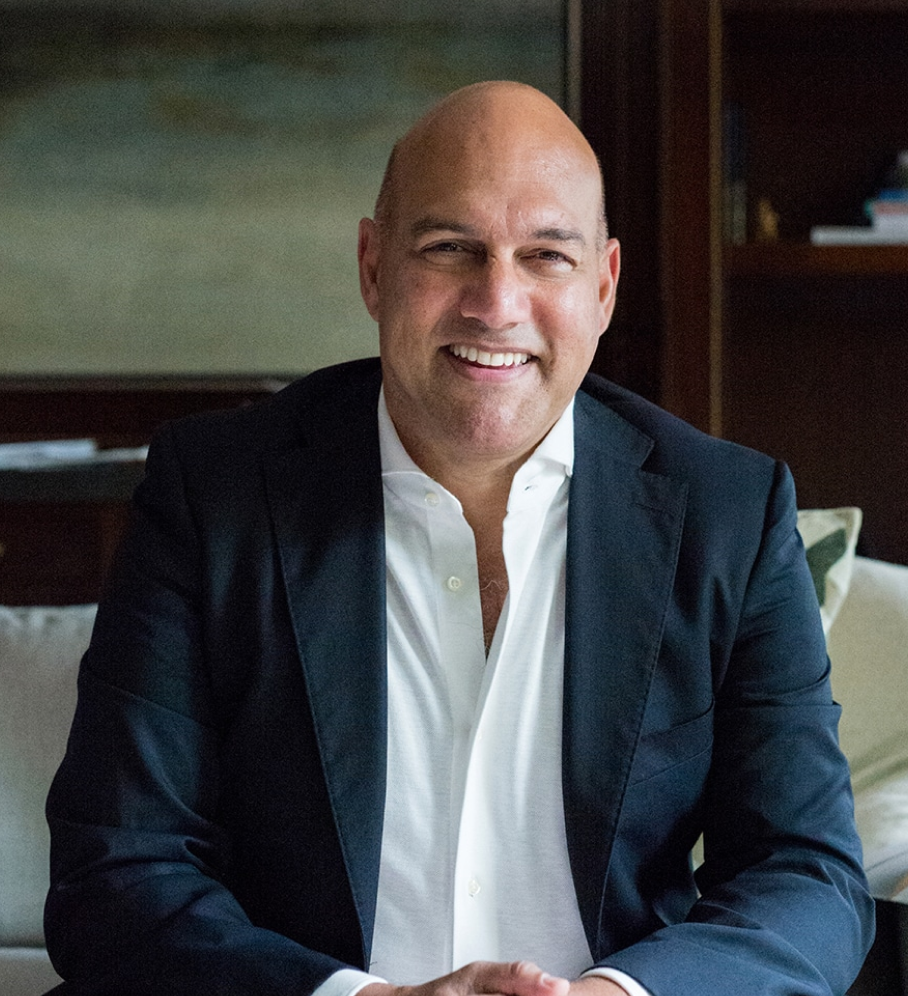Lesson 5. Death to the Five-Year Plan
One of the hallmarks of large companies (and especially governments) is the presence of strategy departments that formulate and publish five-year plans. In Japan, incredibly, they favor ten-year plans — as if they can look that far into the future of a rapidly changing world.
These multi-year strategies are supposed to outline and discipline a company’s long-term vision and goals. In fact, the primary function of many corporate development departments is simply to fill in the details of that vision and provide specifics on planning, purchasing, HR, and operations.
A few decades ago, it was feasible (and important) to plan ahead that far. Companies made strategic investments by looking ahead a decade or more, and the five-year plan served as the central document outlining the implementation details of those even longer-term strategic bets. However, the world is changing so quickly that today’s five-year plans have a high probability of offering the wrong advice for tomorrow. In an exponential world, the five-year plan is not only obsolete, it is seriously counterproductive—and the advent of ExOs signals its death.
Consider TED and its launch of TEDx events. Imagine if Chris Anderson had stood up in early 2009 and said, “Okay, folks, let’s do this TEDx thing. We want to have 9,000 such events in five years.” He would have instantly lost the buy-in of his team because 9,000 events would, at that moment, have sounded both insane and impossible.
Now, imagine if Anderson had asked Lara Stein, the guiding light for the TEDx brand, to actually develop a five-year plan for TEDx. A very aggressive plan by Stein might have looked like this:
Number of events per quarter

Even that sounds crazy: almost 2,500 events in five years? No way. In linear thinking, that goal is clearly a stretch, what James Collins and Jerry Porras termed a BHAG (Big Hairy Audacious Goal) in their 1994 classic, Built to Last: Successful Habits of Visionary Companies.
Yet as we now know, TED achieved much, much more. Today, more than 3,000 TEDx events take place each year! Consider the following: Had Anderson and Stein presented even the 2,500-event goal, they would have either likely triggered a mutiny among the team or have left a lot on the table. Instead, they simply plunged in and let the Community set the pace for TEDx. Indeed, Anderson, Stein, and the team had no idea they could maintain such a torrid pace until they actually did so.
In short, a five-year plan is a suicidal practice for an ExO. If it doesn’t send the company racing off in the wrong direction, it can present an inaccurate picture of what lies ahead, even in the right direction.
The only solution is to establish a big vision (i.e., an MTP), put an ExO structure into place, implement a one-year plan (at most), and watch it all scale while course-correcting in real-time. That’s exactly what TED did, and that’s what the winning companies of the future will do as well.
In an ExO world, purpose trumps strategy, and execution beats planning. Replacing five-year plans with these new, real-time elements can be scary but also liberating, and the rewards for those willing to stay on the ride will be both decisive and astonishing. Besides, being eaten alive by an upstart competitor is anything but fun.
Join Our ExO Community - Unlock Exponential Growth!
Traditional growth models risk obsolescence. Learn how to become an Exponential Organization (ExO) and drive innovation with disruptive technologies. Sign up now!
Organizations implementing the formula have delivered over
- ⭐ 6.8x high profitability
- ⭐ 40x higher shareholder returns
- ⭐ 11.7x better asset turnover
- ⭐ 2.6x better revenue growth








